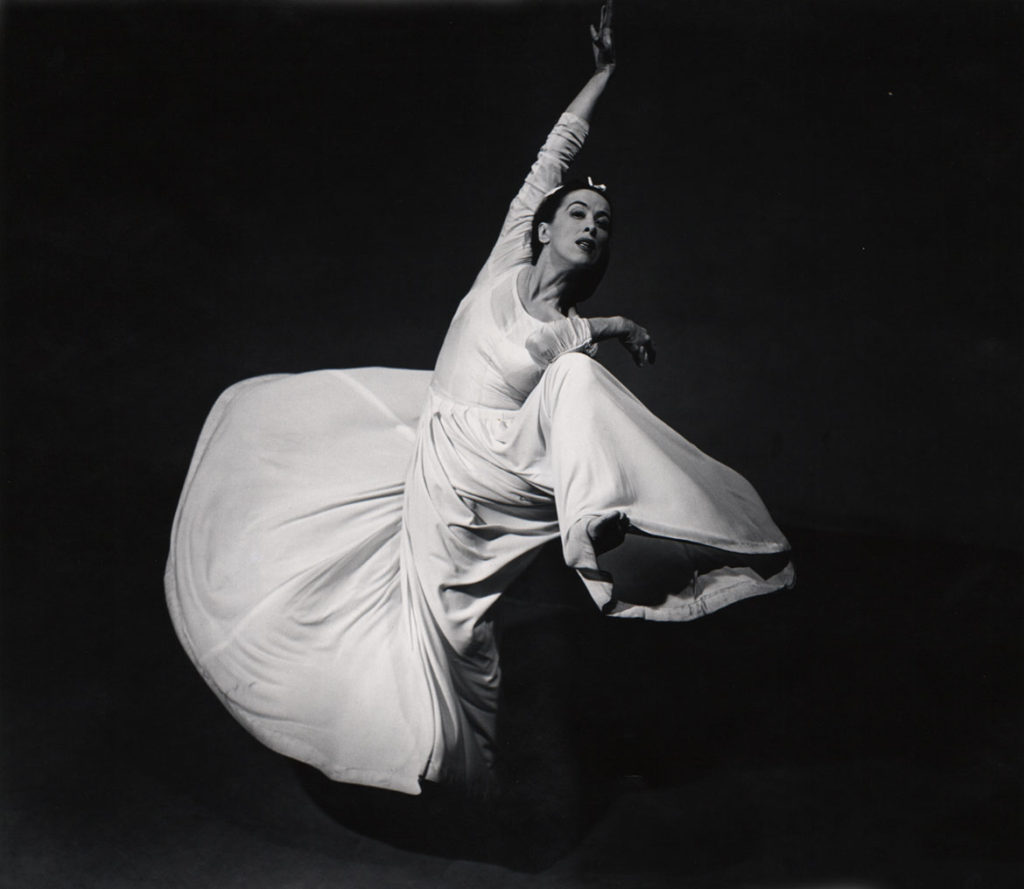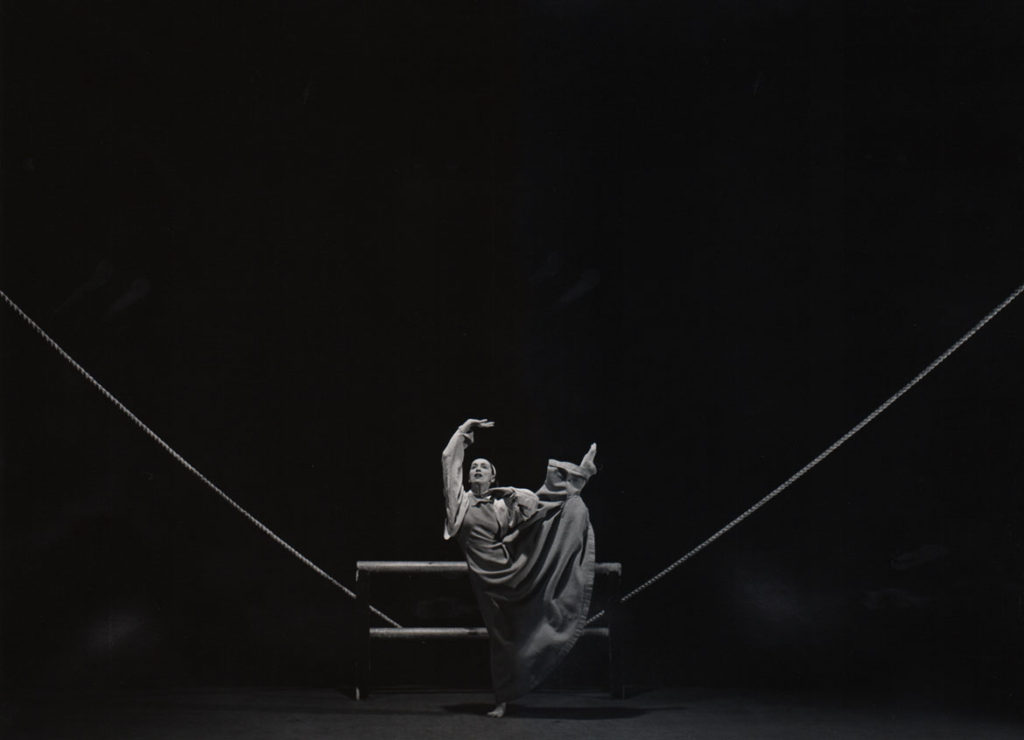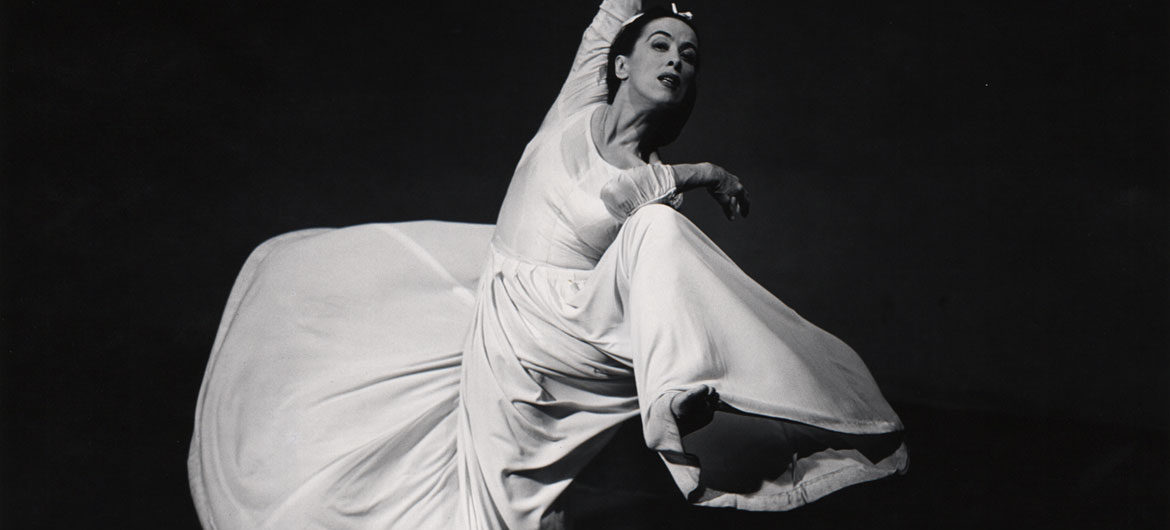Barbara Morgan’s photographs of American modern dancers in the 1930s and ‘40s are among the most striking and influential ever made. But she didn’t set out to be a photographer.
“If you just click the shutter, you are stealing reality! I can’t be a thief. I must create,” she once told her husband.
Then she became a mother and found she didn’t have the uninterrupted time she felt she needed to continue to pursue her painting and woodcut printmaking. Photography, she figured, could happen faster, in more discrete bites of time. She began to think, “Motherhood and photography could work.”
Seeing performances by the Martha Graham Dance Company in the mid 1930s, she found the subject for which she is remembered. Longtime New Yorker dance critic Joan Acocella wrote in Smithsonian magazine in 2011: “The combined ardor of Graham and Morgan produced what—with maybe one competitor, George Platt Lynes’ images of George Balanchine’s early work—were the greatest dance photographs ever made in America.”
Morgan’s photos are the subject of two new exhibitions. “Barbara Morgan: Dancing Atoms,” organized by the Syracuse University Art Galleries and featuring 30 photos spanning from the early 1930 to the ‘60s, is at the Chapel Art Center at Saint Anselm College in Manchester, New Hampshire, through May 5, 2018. “Suspended Gestures—A Photo History Collaboration between Martha Graham and Barbara Morgan” at Williams College Museum of Art in Williamstown, Massachusetts, through April 25, features five photos from the institution’s collection.

Help Wonderland keep producing our great coverage of local arts, cultures and activism by contributing to Wonderland on Patreon. And sign up for our free, weekly newsletter so you don’t miss any of our reporting.
Barbara Morgan (1900-1970) was born Barbara Brooks Johnson in Buffalo, Kansas. She moved when she was nine months old with her family to a peach farm in southern California, where she grew up. The world is “made of dancing atoms … and everything in it is whirling and dancing—even if it looks still,” she always remembered her father telling her when she was a girl.
Morgan studied painting and art history the University of California at Los Angeles from 1919 to 1923 and was particularly struck by non-Western approaches. After graduation, she taught design, woodcut printing and painting at UCLA.
In 1925, Morgan married Willard D. Morgan (1900-1967), whom she’d known since high school. He was a 6-foot, 7-inch tall man nicknamed “Herc,” as in Hercules, who would write about photography for magazines, edit books on photography, and serve briefly in the 1940s as a photo editor for “Life” and then “Look” magazines and as the first director of photography at New York City’s Museum of Modern Art.

While in California, during summers, the couple traveled Utah, Arizona and New Mexico, investigating Native American cultures and making art. She painted, he photographed indigenous ceremonies, artifacts and communities, then wrote articles about their explorations.
They were visiting the northern California coast in the summer of 1930 so Willard could photograph whales, when a motorcycle messenger tracked them down with a telegraph offering Willard a job in New York working as a promoter for Leica cameras, Michael Shuter reported in 1991 and ’92. Willard had been in contact with the company for two years, using their cameras and writing about the results in articles illustrated with his photos in American Photography and other magazines,
So they drove to New York City in fall 1930. Morgan continued to focus on painting there until her sons arrived—Doug born in 1932 and Lloyd born in 1935.
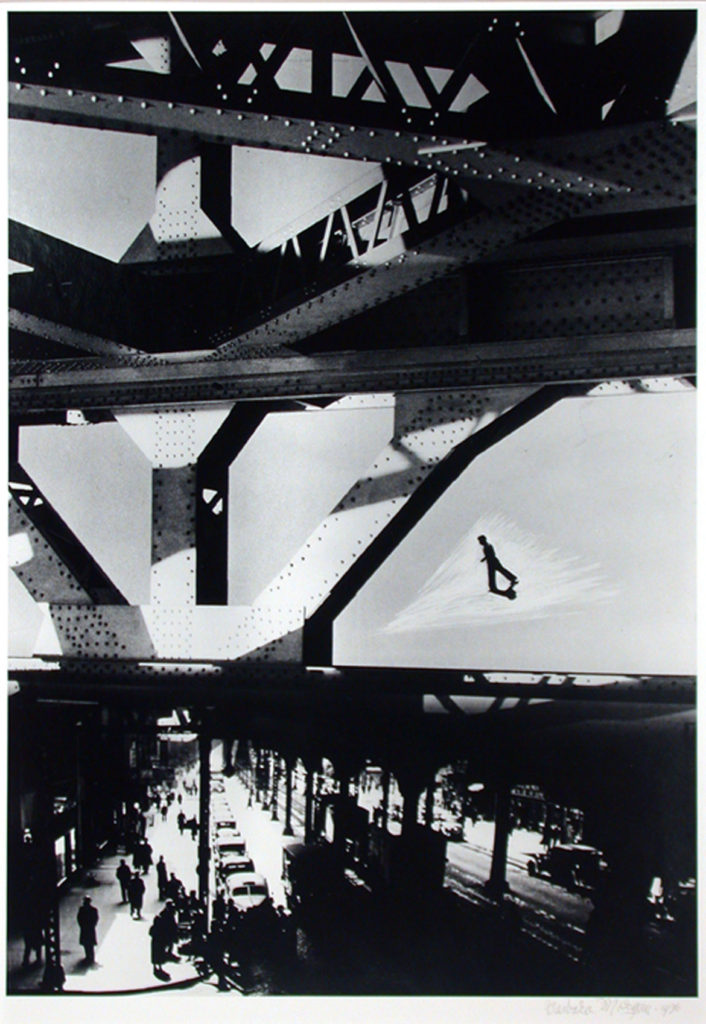
Even as a photographer, she was a dedicated modernist artist—playing with superimposing images by photographing reflections in shop windows and experimenting in her studio with abstract photograms, “light drawings” and photomontages. In 1951, along with Ansel Adams, Beaumont Newhall, Dorothea Lange and five others, Morgan co-founded the seminal art photography magazine “Aperture.”
But Morgan remains best known for her dazzling dance photos of the 1930s and ‘40s. Her timing was fortuitous as she got into the circles of American pioneers of modern dance as they were making their early breakthroughs.
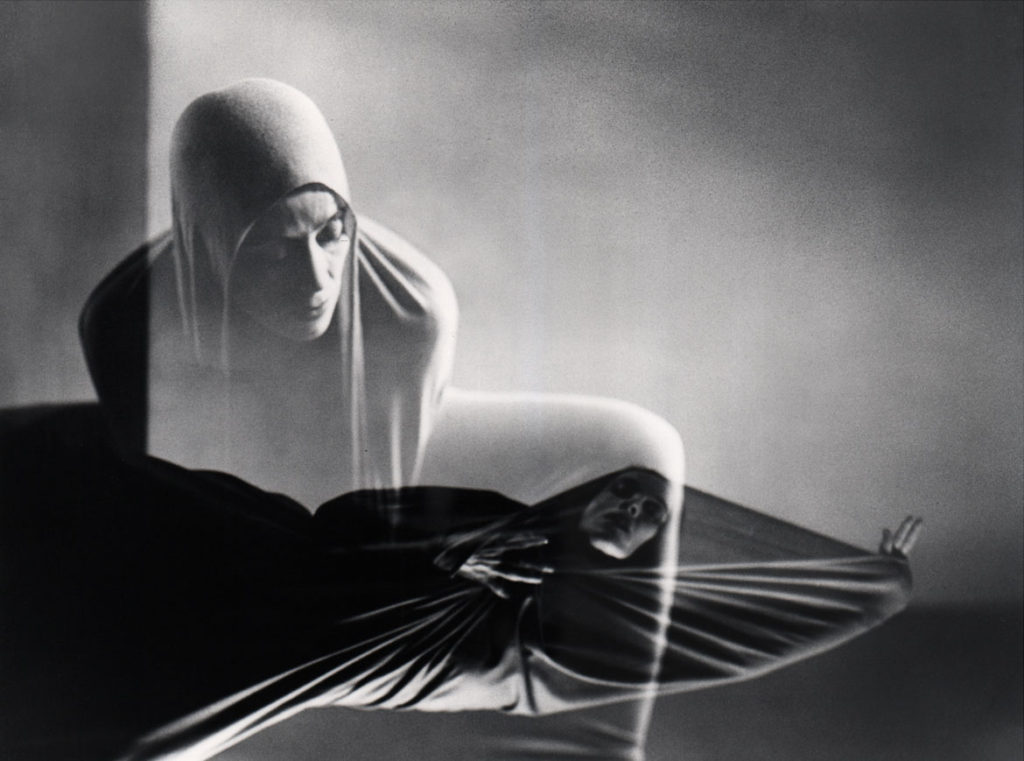
In Morgan’s New York studio, she arranged for Graham, considered by many to be the godmother of modern dance, as well as Merce Cunningham, Doris Humphrey, Erick Hawkins, José Limón, Pearl Primus and other pioneers in the field to perform their signature moves. She captured electrifyingly actions—“instants of combustion,” she said—that still let the choreography shine through.
“She was a terror,” Graham later recounted. “I’d do it, and then she’d say, ‘Well, the dress wasn’t quite right,’ and then we’d have to do it again. First she would make me lie down on the floor and rest. So off came the dress (it mustn’t get dirty, you know), and then we’d start all over again.”
Morgan’s photos recorded Graham as a zigzag of motion in one of her signature tube-like stretch jerseys in her dance “Lamentation.” Morgan’s most iconic shot shows Graham bending parallel to the floor, her right arm pressed to her forehead with emotion, and her left leg kicked up, turning her dress into a rippling arch of fabric.
Other Morgan photos show three women seeming to fly away from each other in an explosive “starburst” moment of Graham’s “American Document” and Cunningham rocketing into the air like a fawn. Costumed as “Shakers,” Humphrey’s troupe kneels in a circle with heads thrown back and arms up and spread wide. A train of dancers in Charles Weidman’s “Lynchtown” hovers frozen, suspended in the air, heads thrown forward, arms and legs flung back.
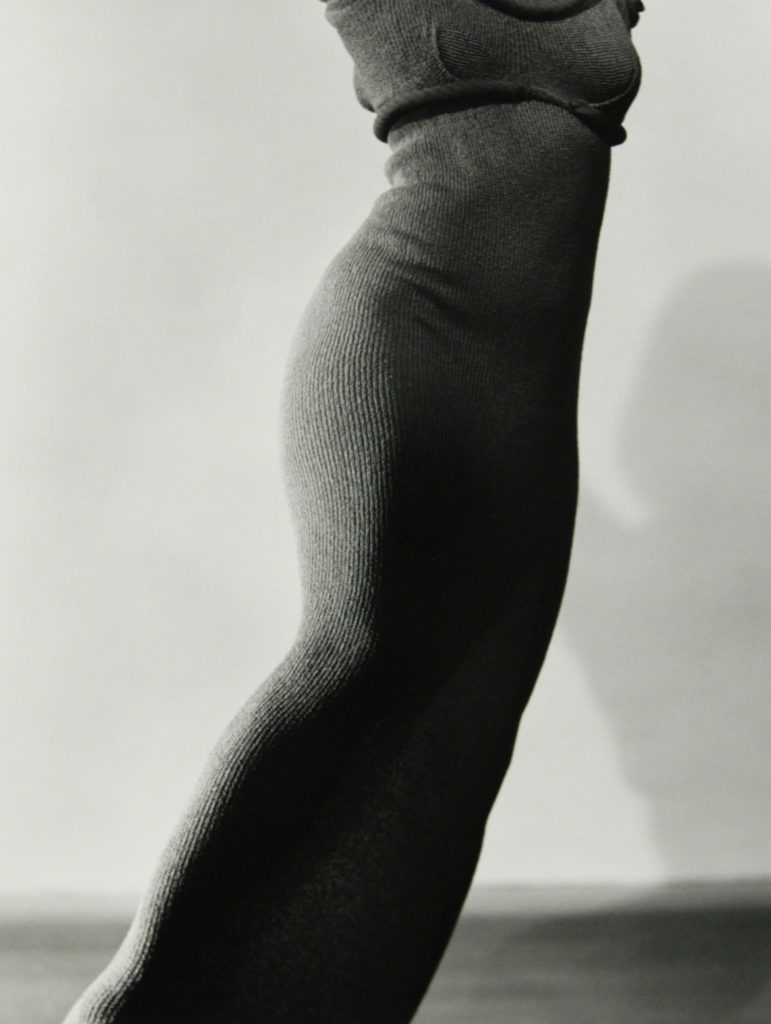
Morgan’s first book was “Martha Graham: Sixteen Dances in Photographs” in 1941. “I wanted to show that Martha had her own vision,” Morgan recalled. “That what she was conveying was deeper than ego, deeper than baloney. Dance has to go beyond theater. … I was trying to connect her spirit with the viewer—to show pictures of spiritual energy.”
“It is rare that even an inspired photographer possesses the demonic eye which can capture the instant of a dance and transform it into a timeless gesture,” Graham stated in 1980. “In Barbara Morgan I found that person. In looking at her photographs today, I feel, as I felt when I first saw them, privileged to have been a part of this collaboration. For to me, Barbara Morgan through her art reveals the inner landscape that is a dancer’s world.”
Help Wonderland keep producing our great coverage of local arts, cultures and activism by contributing to Wonderland on Patreon. And sign up for our free, weekly newsletter so you don’t miss any of our reporting.
